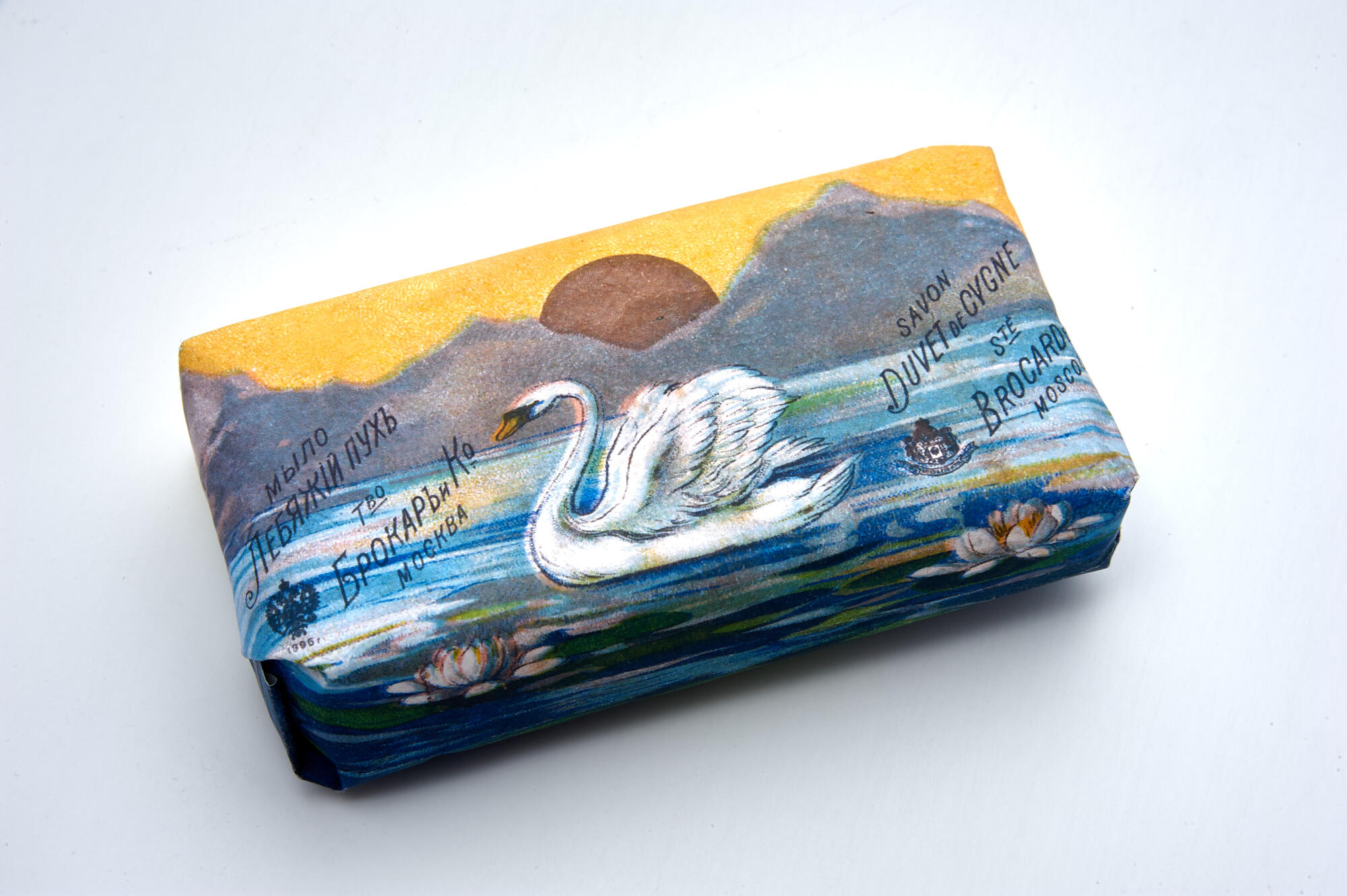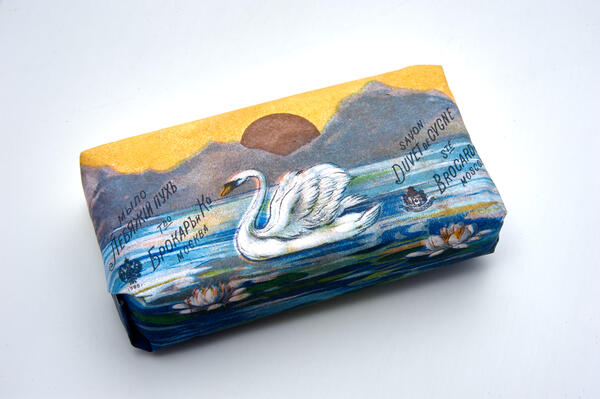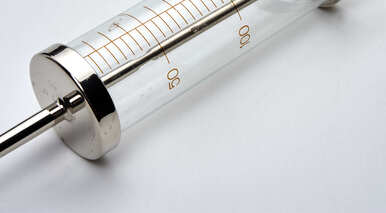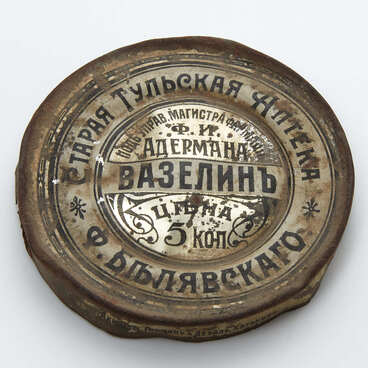The Roman scientist and politician Pliny the Elder claimed that the ancient Gauls and Germans knew a soap-making recipe. For its production, they used animal fat and beech tree ash. This mixture was used to clean and dye hair, as well as to treat skin diseases. In the 7th century, a Soap-Makers' Guild was formed in Naples. By the 14th century, soap was available all over Europe. The peak of the art of soap making can be considered the second half of the 19th — early 20th centuries when perfumers took up the task.
In 1864, Heinrich Brocard, the son of a French soap manufacturer, opened a small soap production company in Moscow with a staff of three people, including himself. The equipment was simple: a stone mortar for grinding the components, several containers, and a stove that was heated with firewood. Despite the rather modest conditions, the company produced up to a hundred pieces of soap a day, and there were three types of it: ‘Baby’, ‘Honey’ and ‘Amber’. Heinrich Brocard himself delivered goods to retail stores and pharmacies.
Very quickly, the production of Brocard grew to a large-scale and well-known enterprise. Shaped soap became one of the most popular products. Not only did it have an unusual shape in the form of fruit, vegetables, or animals, but it also had a fragrant aroma. Baby soap was also transformed: the company produced alphabetic soap for children, where each piece of soap was a separate letter. This technique affected sales: some children tried to collect the entire alphabet. Brocard’s most important invention was affordable soap that everyone could buy — “Folk soap”. It could be bought for just one kopeck.
In Tula stores and pharmacies, soap was sold as well — both foreign-made and domestic. Strawberry and rose aromas were considered the most popular in Tula. The Old Tula pharmacy sold soap from the Brocard and Co. factory. After the revolution, the factory of Heinrich Brocard was nationalized, transferred to the ownership of the state, and the name was changed to " Novaya Zarya " (New Dawn). The factory continued to produce the same products but under different, revolutionary names.
In 1864, Heinrich Brocard, the son of a French soap manufacturer, opened a small soap production company in Moscow with a staff of three people, including himself. The equipment was simple: a stone mortar for grinding the components, several containers, and a stove that was heated with firewood. Despite the rather modest conditions, the company produced up to a hundred pieces of soap a day, and there were three types of it: ‘Baby’, ‘Honey’ and ‘Amber’. Heinrich Brocard himself delivered goods to retail stores and pharmacies.
Very quickly, the production of Brocard grew to a large-scale and well-known enterprise. Shaped soap became one of the most popular products. Not only did it have an unusual shape in the form of fruit, vegetables, or animals, but it also had a fragrant aroma. Baby soap was also transformed: the company produced alphabetic soap for children, where each piece of soap was a separate letter. This technique affected sales: some children tried to collect the entire alphabet. Brocard’s most important invention was affordable soap that everyone could buy — “Folk soap”. It could be bought for just one kopeck.
In Tula stores and pharmacies, soap was sold as well — both foreign-made and domestic. Strawberry and rose aromas were considered the most popular in Tula. The Old Tula pharmacy sold soap from the Brocard and Co. factory. After the revolution, the factory of Heinrich Brocard was nationalized, transferred to the ownership of the state, and the name was changed to " Novaya Zarya " (New Dawn). The factory continued to produce the same products but under different, revolutionary names.



